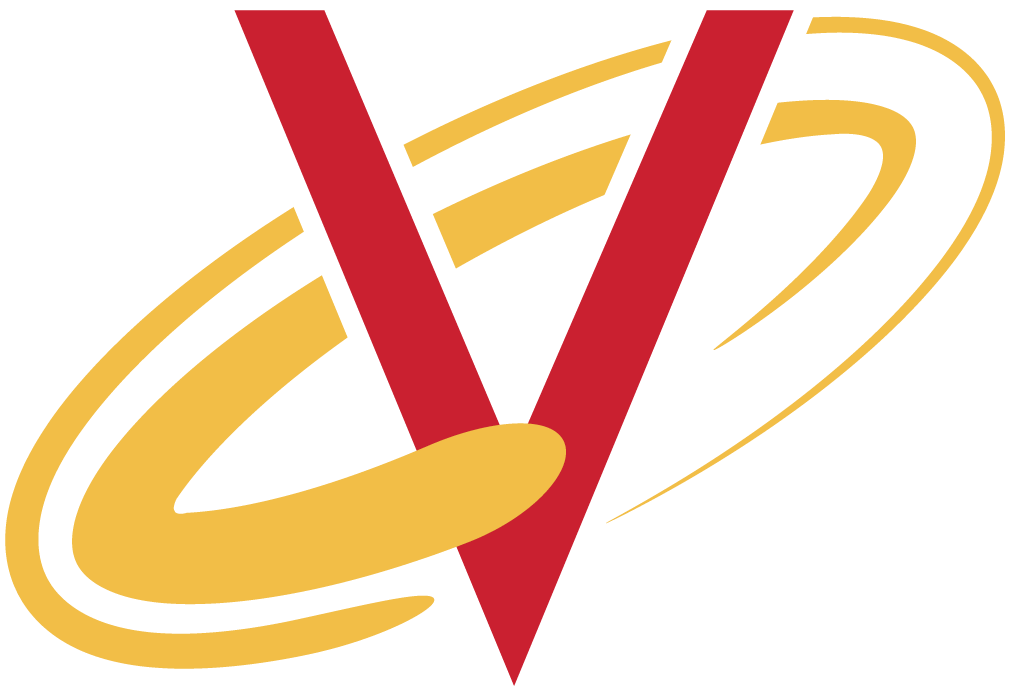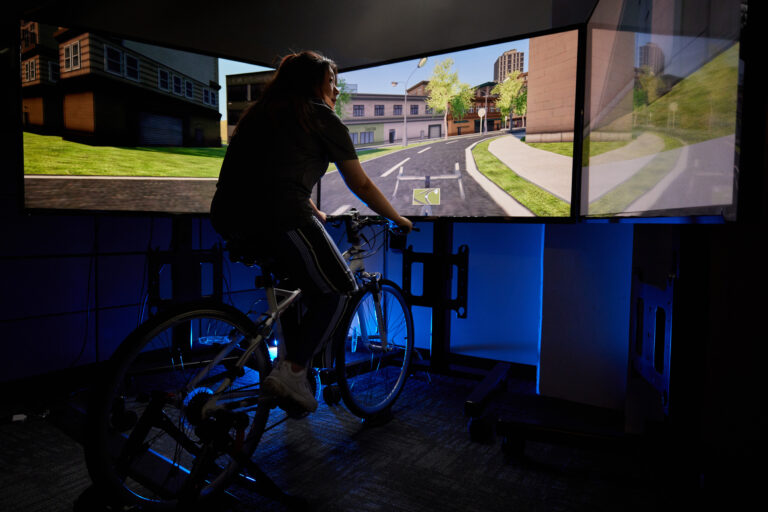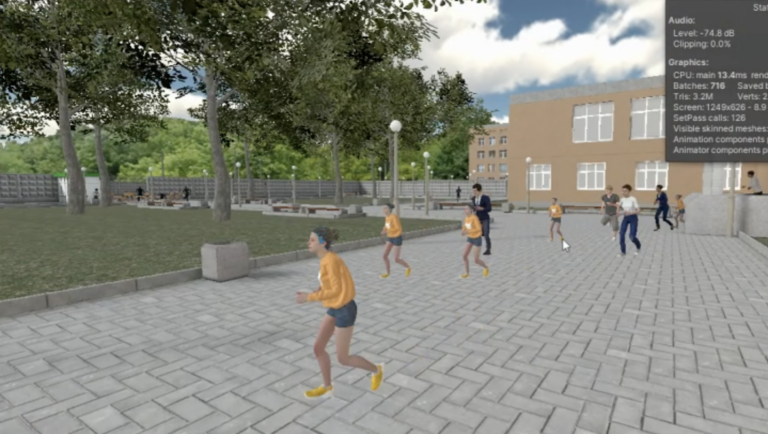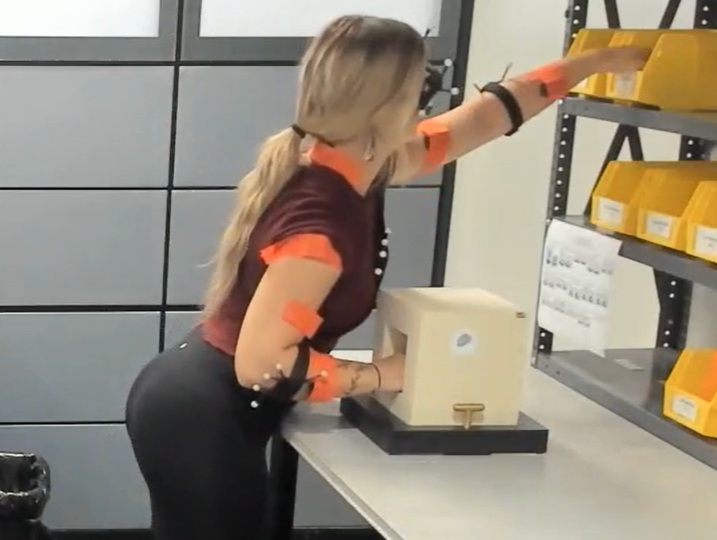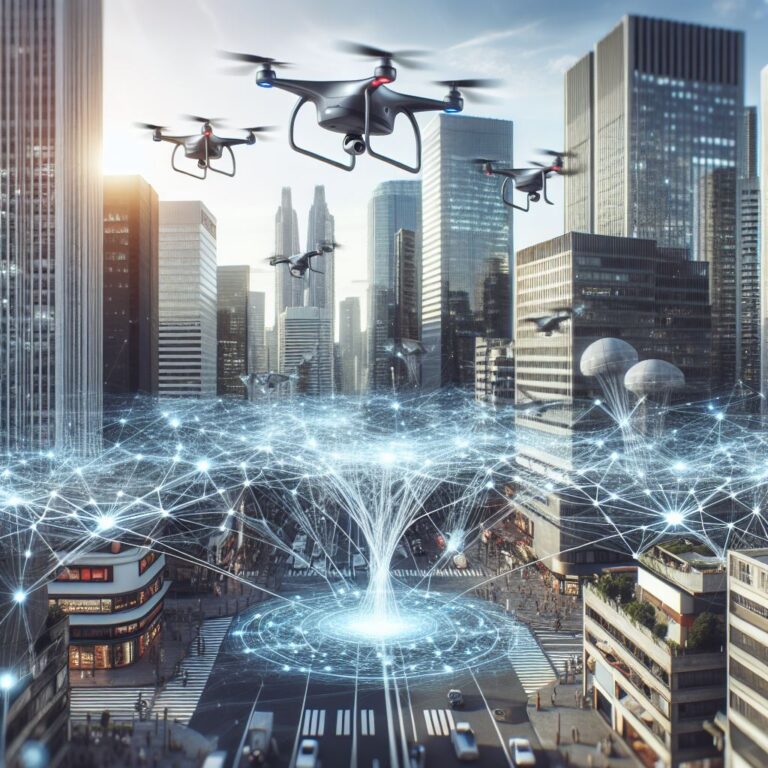
Community-Driven Design of Fair, Urban Air Mobility Transportation Management Systems
Led by VRAC faculty Dr. Cody Fleming, Urban Air Mobility (UAM) envisions integrating the skyscape into the transportation network and encompasses services such as delivery drones, on-demand shared mobility by Vertical-Take Off and Landing aircraft for intra-city passenger trips. Unfortunately, research shows that the design of transportation systems has a long-lasting, often discriminatory effect that reinforces existing socio-economic inequality. Technology developed by VRAC researcher Cody Fleming helps overcome these issues.
